Humane’s device swap smartphones for a wearable that contains a projector.
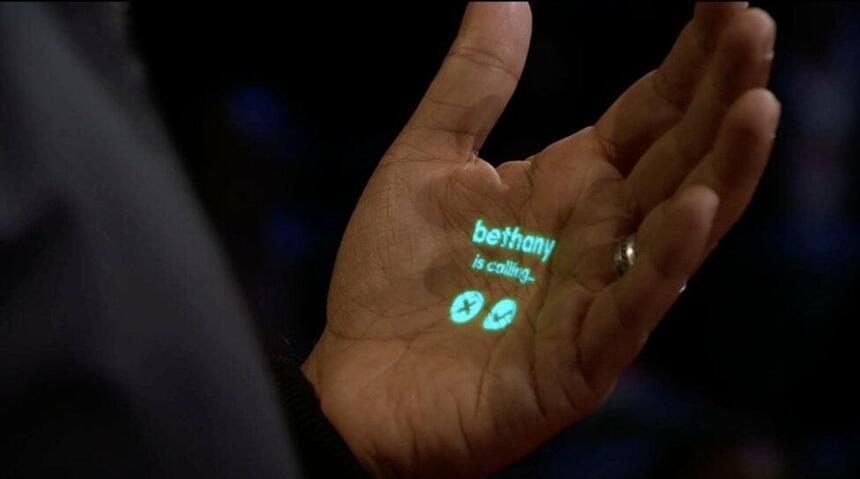

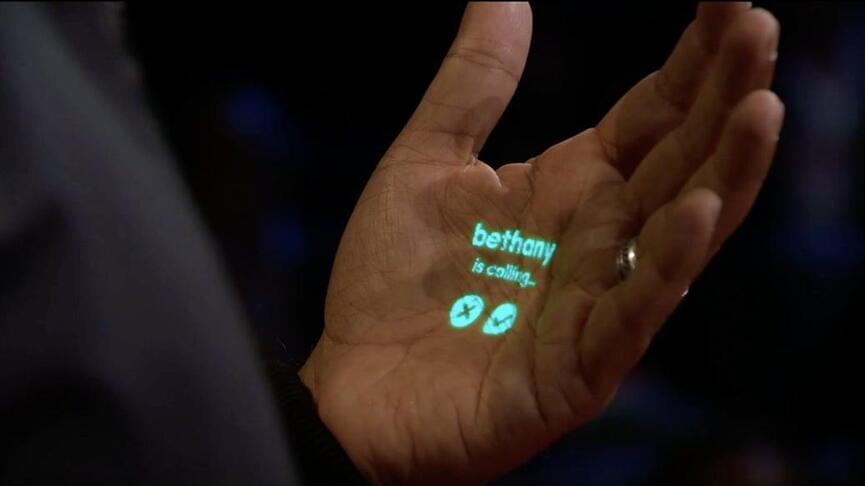

The New York Times has a big piece detailing Google’s “shock” and “panic” when Samsung recently floated the idea of switching its smartphones from Google Search to Bing. After being the butt of jokes for years, Bing has been seen as a rising threat to Google thanks to Microsoft’s deal with OpenAI and the integration of the red-hot ChatGPT generative AI. Now, according to the report, one of Android’s biggest manufacturers is threatening to switch its new phones away from Google Search.
Of course, preinstalled search deals are more about cash than quality. Google pays billions every year to be the default search engine on popular products with deals framed as either “revenue sharing” or “traffic acquisition fees.” Google reportedly pays as much as $3.5 billion per year to be the default search on Samsung phones, while it pays Apple $20 billion per year to be the default search on iOS and macOS. The report notes that the Samsung/Google search contract “is under negotiation, and Samsung could stick with Google.”

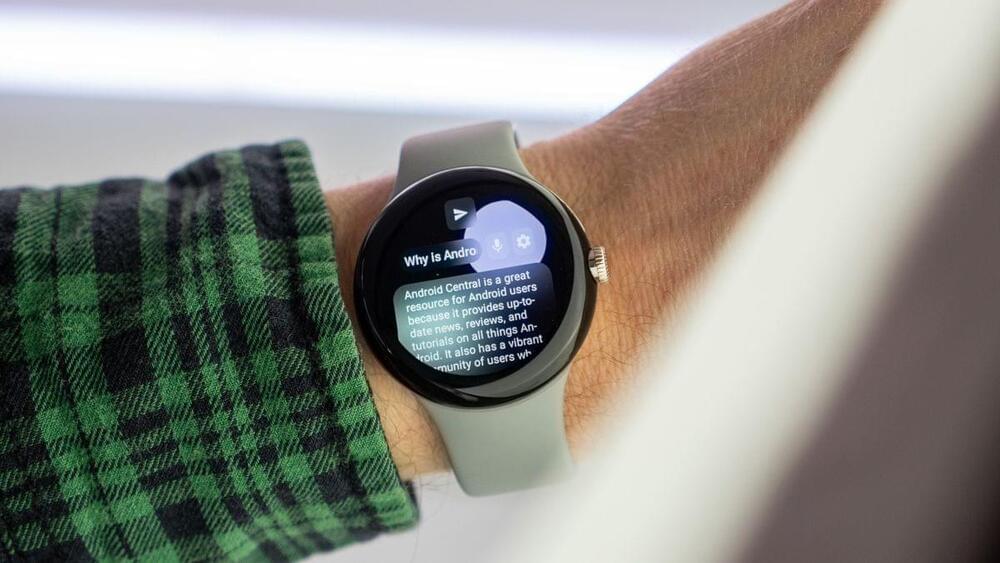
It’s available on phones and now watches? That’s actually nice though I hope they make it battery efficient. The Pixel watch for example already has issues with battery life. I’m the future will there be a small AI server in our bodies in microchips or a network of nanobots?
ChatGPT is all the rage these days, but did you know you can get it on your watch? Here’s how to install it on a Galaxy Watch, Pixel Watch, and other Wear OS watches.
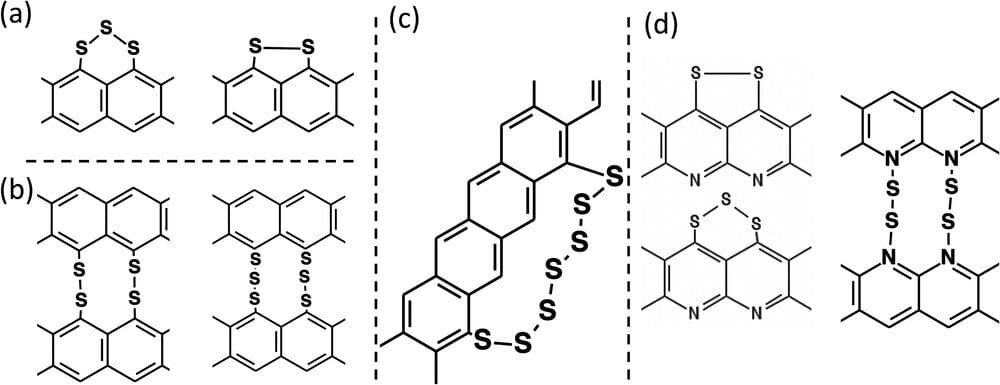
Lithium-ion batteries power our lives.
Because they are lightweight, have high energy density and are rechargeable, the batteries power many products, from laptops and cell phones to electric cars and toothbrushes.
However, current lithium-ion batteries have reached the limit of how much energy they can store. That has researchers looking for more powerful and cheaper alternatives.
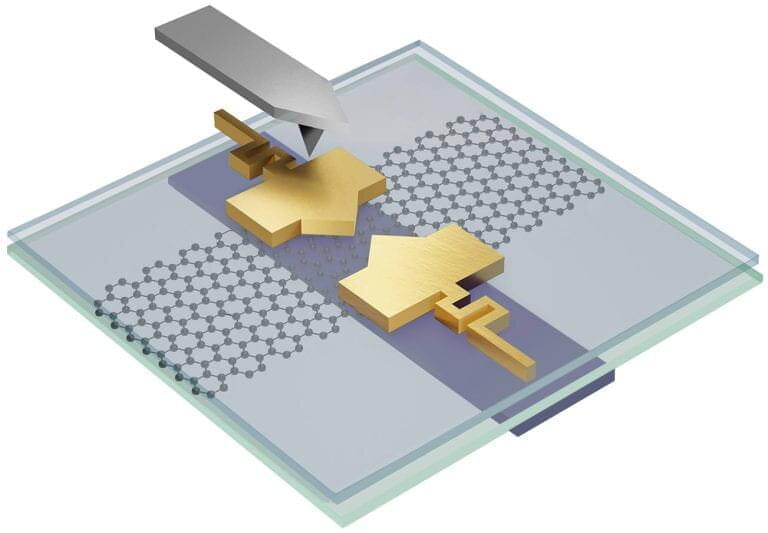
The nanoscale electronic parts in devices like smartphones are solid, static objects that once designed and built cannot transform into anything else. But University of California, Irvine physicists have reported the discovery of nanoscale devices that can transform into many different shapes and sizes even though they exist in solid states.
It’s a finding that could fundamentally change the nature of electronic devices, as well as the way scientists research atomic-scale quantum materials. The study is published in Science Advances.
“What we discovered is that for a particular set of materials, you can make nanoscale electronic devices that aren’t stuck together,” said Javier Sanchez-Yamagishi, an assistant professor of physics & astronomy whose lab performed the new research. “The parts can move, and so that allows us to modify the size and shape of a device after it’s been made.”
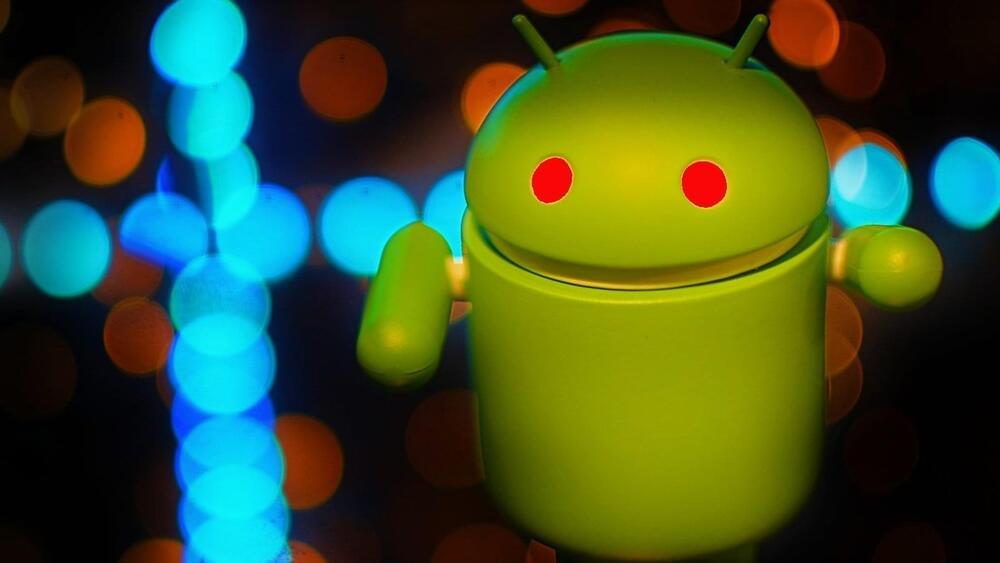
We flew out to Salt Lake City, Utah, to get an exclusive look at the company behind some of the most advanced implantable neurotechnologies, Blackrock Neurotech. Brain implants are here, and they’re becoming more and more advanced every day. The Utah Array and Neuroport system allows for high-quality data recording and stimulation. It has the most in-subject research hours of any brain-computer interface on the market and has been a part of the most advanced BCIs since 2004, inspiring hope in persons with movement disorders. We also saw their newly announced Neuralace interface debuted in November 2022. Learn what it takes to work at a company at the forefront of brain-computer interface development.
Thanks to Blackrock Neurotech for sponsoring this video. The opinions expressed in this video are that of The BCI Guys and should be taken as such.
Blackrock Neurotech’s Website: https://blackrockneurotech.com/
By the way, Blackrock Neurotech is not affiliated with the BlackRock financial firm — this is a frequent question.
——–ABOUT US:——-
Harrison and Colin (The BCI Guys) are neurotech researchers and science communicators dedicated to creating a brain-controlled future! Neurotechnology and brain-computer interfaces are devices that allow users to control machines with their thoughts and interact with technology in new ways. This revolutionary technology will change life as we know it and soon will be as common as the touchscreen on your smartphone. Join us in learning about the brain-controlled future!
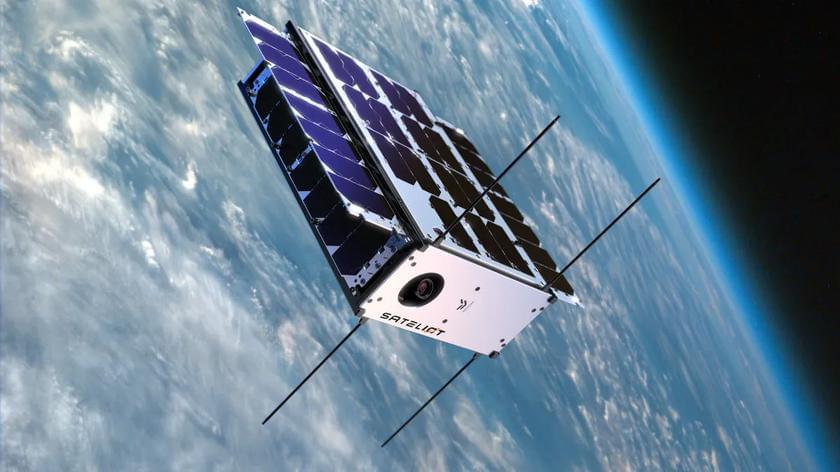
The Spanish company Sateliot plans to send its first base station into orbit, which will enable satellite communications directly from smartphones. SpaceX will help it do so. A SpaceX rocket will naturally be used to launch the telecom satellite into orbit.
Here’s What We Know
The company from Spain wants to launch five satellites into orbit by the end of this year. According to representatives of the startup, this first phase of the project will be completed. Sateliot wants to have 64 satellites in orbit next year, and the company plans to increase the number to 256 in 2025.